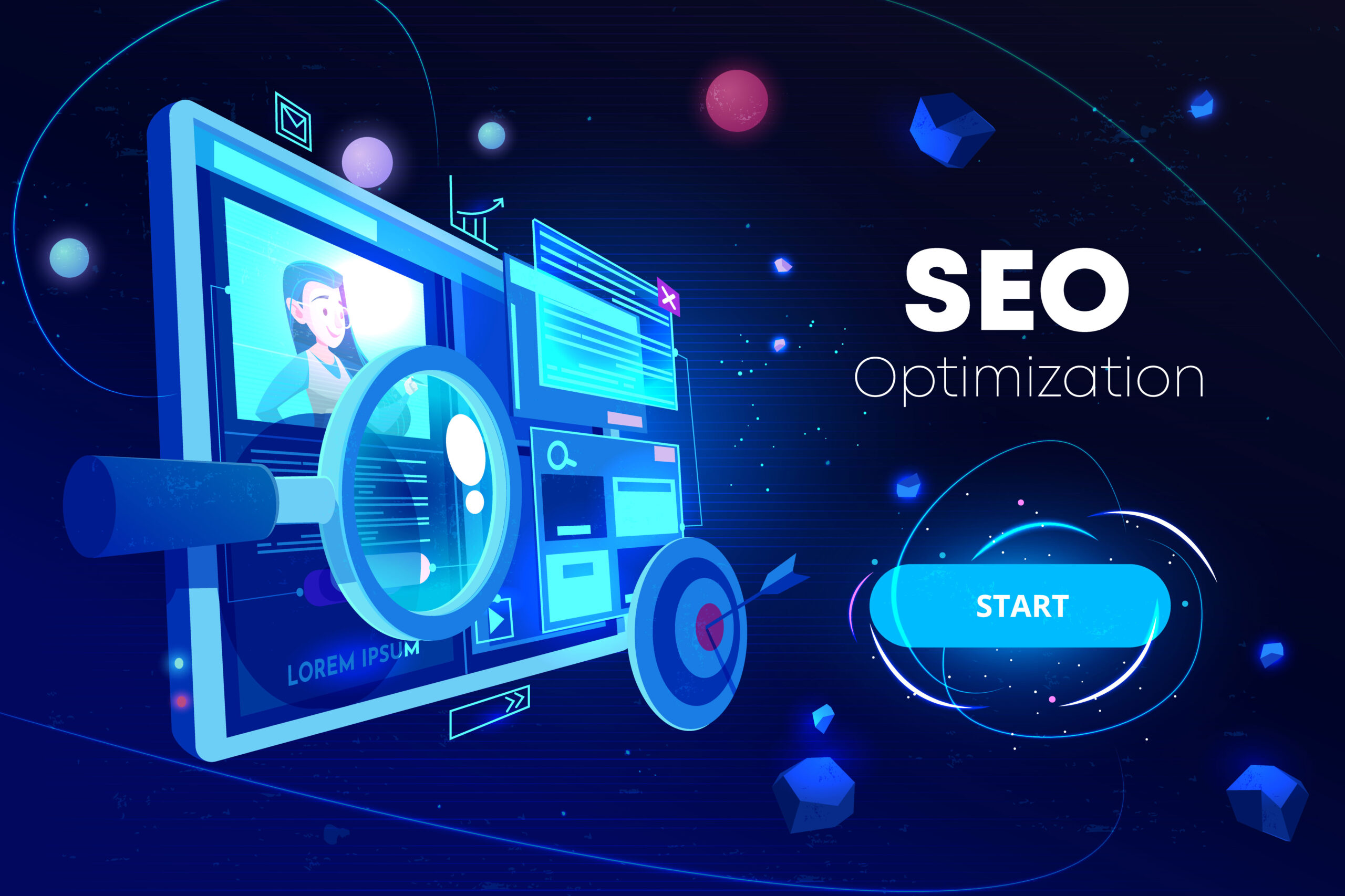The Complete Guide to On-Page and Off-Page SEO

If you want your website to show up on the first page of Google, you need more than just good content — you need a strong SEO strategy.
Search Engine Optimization (SEO) is divided into two major parts: On-Page SEO and Off-Page SEO.
Both work together to help search engines understand your site and build your online authority.
In this complete guide, you’ll learn what each one means, how they differ, and how to master both for maximum results.
What Is On-Page SEO?
On-Page SEO refers to all the optimization techniques you apply within your website.
It ensures that your content and structure are search-engine-friendly and provide a great user experience.
Think of it as optimizing what you control directly on your pages — like your content, HTML tags, and site performance.
Key On-Page SEO Elements
1. Keyword Optimization
Keywords are the foundation of on-page SEO.
Use relevant keywords naturally in your:
- Title tag
- Headings (H1, H2, etc.)
- Meta description
- Image alt text
- First paragraph and throughout your content
💡 Tip: Focus on long-tail keywords that match user intent (e.g., “best coffee shops in Hyderabad” instead of just “coffee”).
2. Title Tags and Meta Descriptions
Your title tag tells search engines what the page is about, while the meta description gives users a quick summary.
Make them clear, compelling, and keyword-rich.
Example:
Title: “Best Digital Marketing Strategies for Small Businesses in 2025”
Meta: “Learn proven marketing tactics to grow your small business using SEO, content marketing, and social media.”
3. Content Quality and Relevance
Google prioritizes valuable and original content.
Create in-depth articles that solve user problems, answer questions, and provide actionable advice.
Use short paragraphs, bullet points, and visuals to make content easy to read.
4. Internal Linking
Add links between your own pages to:
- Help search engines discover content faster
- Improve user navigation
- Distribute ranking power across your website
Example: A blog about “keyword research” can link to another post about “SEO tools.”
5. Image Optimization
Use descriptive file names and add alt text to every image.
Compress large images to improve loading speed.
Faster pages lead to better rankings and user satisfaction.
6. Mobile-Friendliness
A responsive design ensures your website looks great on all devices.
Google now uses mobile-first indexing, meaning it ranks your site based on its mobile version first.
7. Page Speed
Speed matters — both for users and for Google.
Use tools like PageSpeed Insights to test performance and fix issues like large files, unused scripts, or slow servers.
What Is Off-Page SEO?
While on-page SEO happens on your website, Off-Page SEO focuses on activities outside of it that help improve your rankings.
It’s all about building credibility, authority, and trust in your brand across the web.
Key Off-Page SEO Techniques
1. Link Building
Backlinks are one of Google’s top ranking factors.
When reputable websites link to you, it signals that your content is valuable and trustworthy.
Focus on:
- Guest blogging
- Earning mentions from influencers
- Creating shareable, high-quality content
2. Social Media Engagement
Social signals may not directly affect rankings, but active engagement boosts visibility and brand awareness.
Share your content regularly on platforms like LinkedIn, X (Twitter), Instagram, and Facebook to attract traffic and potential backlinks.
3. Brand Mentions
Even if other websites mention your brand without linking, it can still improve your online reputation.
Use tools like Google Alerts or Mention to monitor and manage your brand mentions.
4. Local SEO & Citations
If you run a local business, build citations (your business name, address, and phone number) on trusted platforms like:
- Google Business Profile
- Yelp
- Bing Places
- Local directories
Ensure your information is consistent everywhere — this improves trust and visibility.
5. Influencer & Blogger Outreach
Collaborating with influencers or niche bloggers helps spread your content to a wider audience.
When they link to or mention your brand, it increases your domain authority and trustworthiness.
On-Page vs. Off-Page SEO: What’s the Difference?
| Feature | On-Page SEO | Off-Page SEO |
|---|---|---|
| Focus | Inside your website | Outside your website |
| Control | Fully under your control | Influenced by others |
| Main Goal | Optimize content & structure | Build authority & trust |
| Examples | Keywords, titles, content | Backlinks, mentions, social signals |
How On-Page and Off-Page SEO Work Together
Think of your website as a car:
- On-Page SEO is the engine — it keeps your website running smoothly.
- Off-Page SEO is the fuel — it helps you move forward and go faster.
You need both to reach the top of search results.
Final Thoughts
Mastering both on-page and off-page SEO is essential for long-term success.
Start by ensuring your website is well-optimized internally, then build your reputation externally through backlinks and brand mentions.
SEO is not a one-time task — it’s an ongoing process of improvement, analysis, and adaptation.
Stay updated, keep testing, and watch your rankings grow over time!
